Living in the middle of the woods on Long Island means living in tick region. There are three species of ticks on Long Island that should we watched out for: deer ticks, lone star ticks and American dog ticks. Most of the diseases transmitted by ticks are bacterial in nature and can be treated with antibiotics. Ticks need to feed three times in their 2 year life cycle, anywhere from 2-7 days. Ticks must be attached for 36 hours to transmit disease.
GUINEA FOWL TO THE RESCUE!
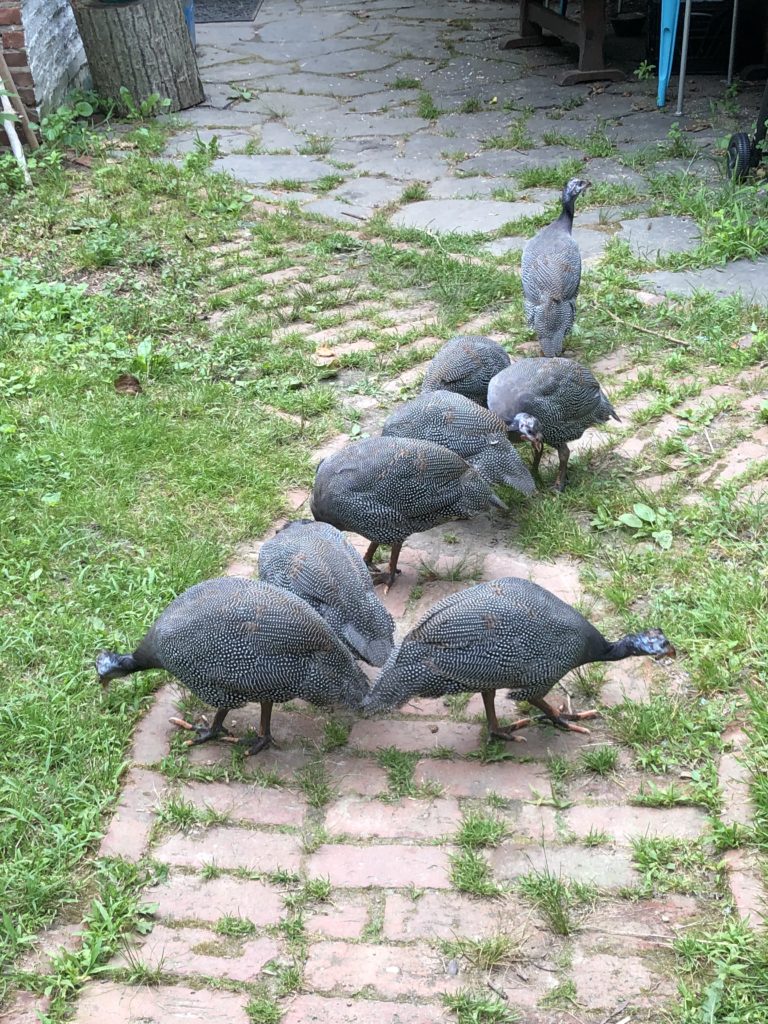
Guinea hens till work in groups to eat any pest they find. They are different from chickens in that they don’t scratch up the ground or tear leaves when they eat. They can free roam the property and roost in trees to sleep. Guinea fowl are known as one of the best exterminators of pest insects. They are tick eating machines, eating up to 400 ticks a day!
How to train Guinea Fowl to stay near your property:
My kids and I had ventured into the world of chickens last year. We raised 3 chickens that were all eaten the same week they started laying eggs (link here). We decided that when we went to Long Island Poultry to get new chicks, we would also get keets, baby guineas. The plan was to get chicks and keets the same age so they could be housed together but that plan was foiled with the site of cuter, younger chicks. We ended up with four 1 month old chicks and 8 two month old keets (they threw in 2 for free).
Since the chicks and keets were different ages, they needed to be separated. The chicks started out inside the house in a tupperware for the first 2 weeks while the keets took over the chicken coop outside. The keets ate crumble for the first month.
After a month, we released the keets into the outer cage. They had access to the coop and the area enclosed by a large outdoor dog cage that was enclosed on top and along with bottom. They remained like this for another 3 weeks.
It was time to start allowing some free range roaming. Since Guinea fowl remain in tight knit groups, this can be used in the training process. We began by letting two out a day. I can not tell the difference between each individual so it was whatever two were closest to the door. They stayed next to the cage, pacing back and forth trying to get back with their friends. I put them back in for the night.
After a week of two at a time, I increased it to three a day… four a day… six a day. They never ventured far from the cage. It was finally the day to let them all out! I didn’t know if they would just take off. They stayed very close to the cage the first few days so I put them back into the cage for the nights. After about 4 days, I let the chickens (which had been moved to the coop when the keets started going out) out for full range of the cage so the Guinea fowl were out for good.

They still need to be fed outside the cage 
Their roaming distance increases each day. They are REALLY loud birds, constantly yelling and then SCREAMING when strangers or predators come in site. My dog pounced on one while it was taking off and I think injured it. This one remained very shy and stayed close to the cage. Three days later it could not be found again. I believe a fox got it during the night.
The group of 7 are like a yapping tribe of old ladies. There is always one who does the most talking as they walk together, her name is Greta. I tell her she’s not doing her job of eating the ticks with her mouth open all the time yapping. They usually sleep on top of the chicken cage and wander around during the day. They wake me up at 5:30 am each morning with their screaming. Sometimes I run outside to see what is attacking them due to the intensity of their screams just to find a person walking by.

Providing water on a hot day 
Calling outside my door 
It is fun to have a group of Guinea fowl close by following me with the tales and tribulations of the day. They enjoy being sprayed with the hose and then taking dust baths in the dirt. I am assuming a few will be eaten by fox and hawks, but hope their flight skills and loud nature protects them.

Dust Bath 
Hiding from the dogs 
Walking companions
To find out what Wren Everett of “Insteading” about these strange creatures click HERE.

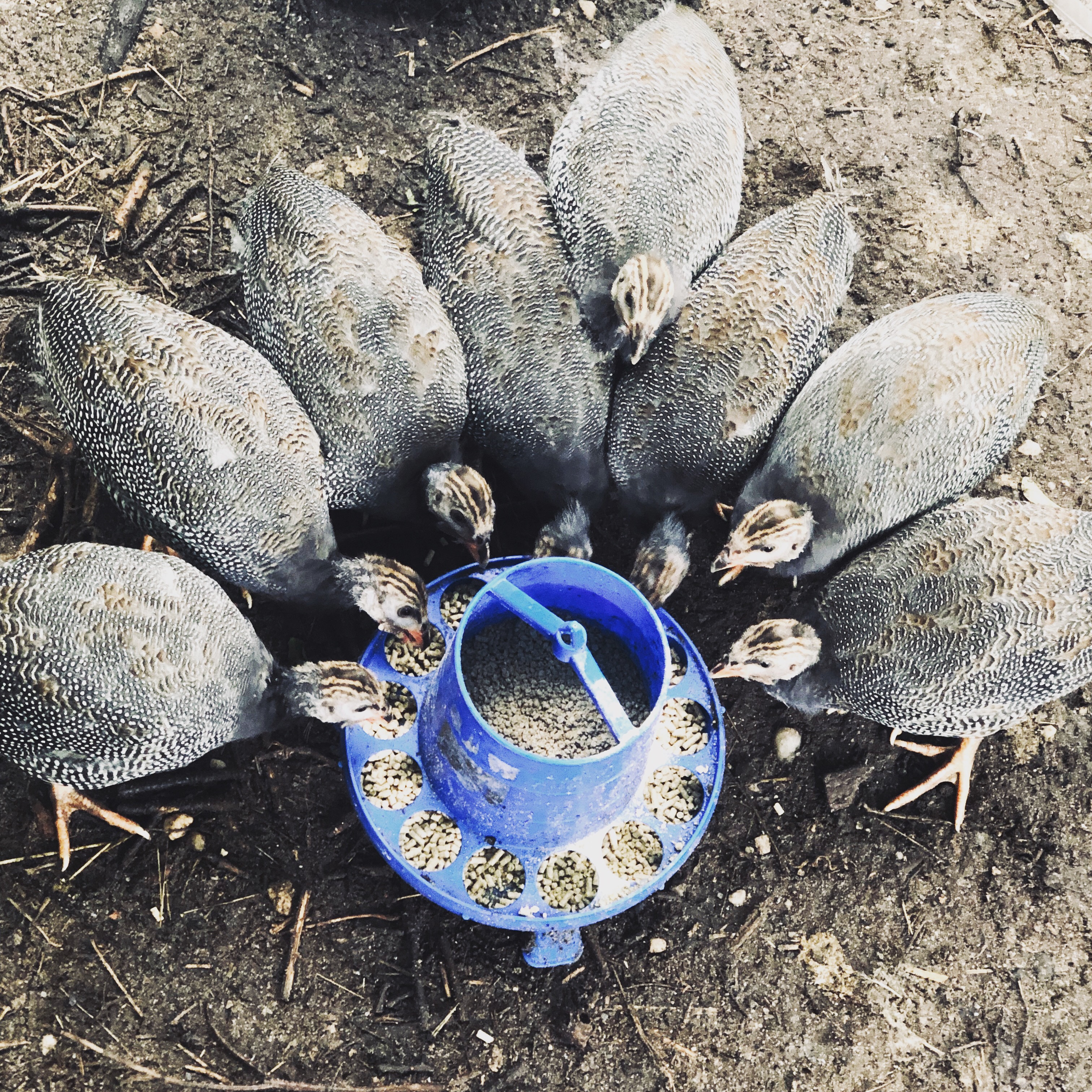

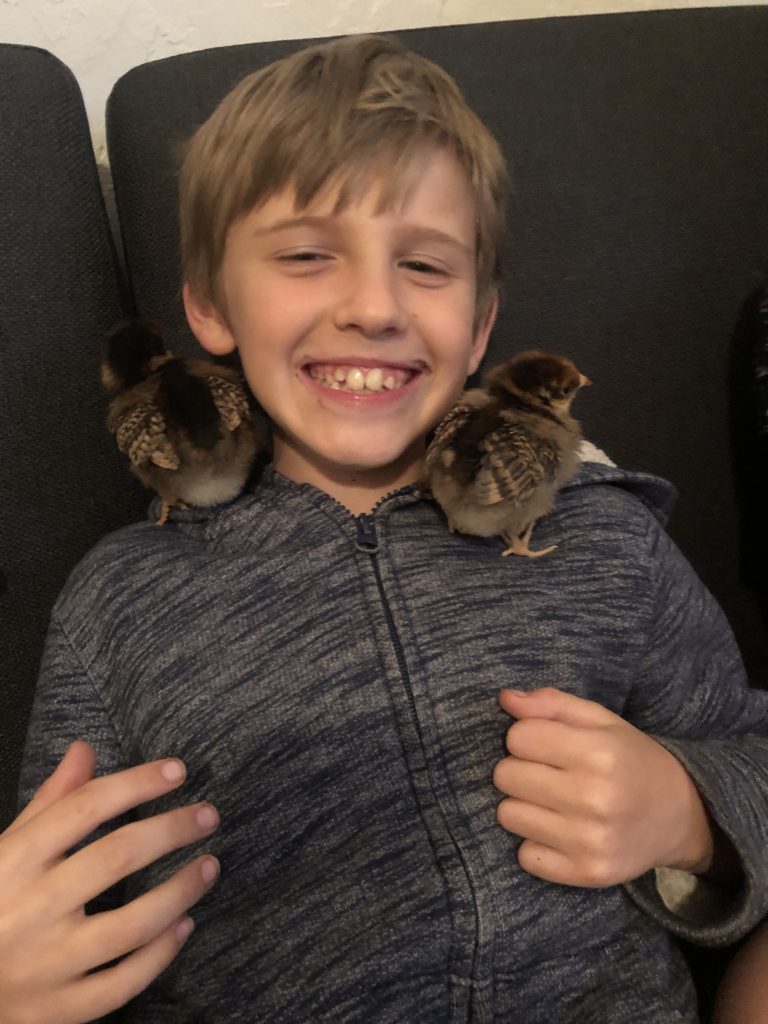
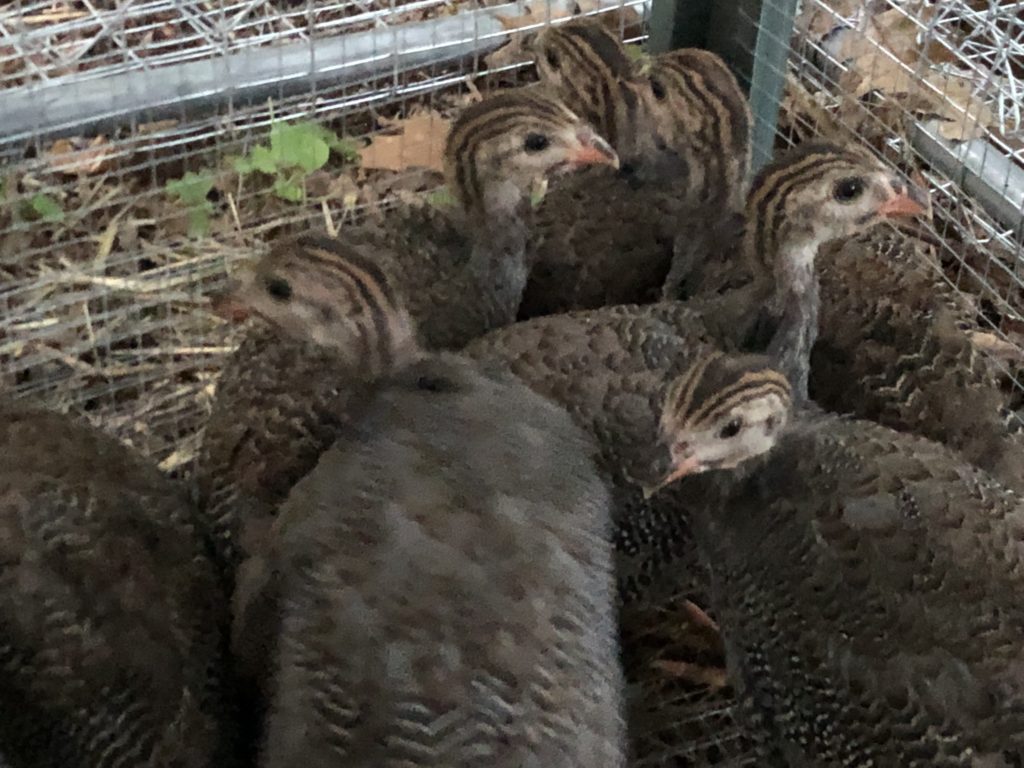
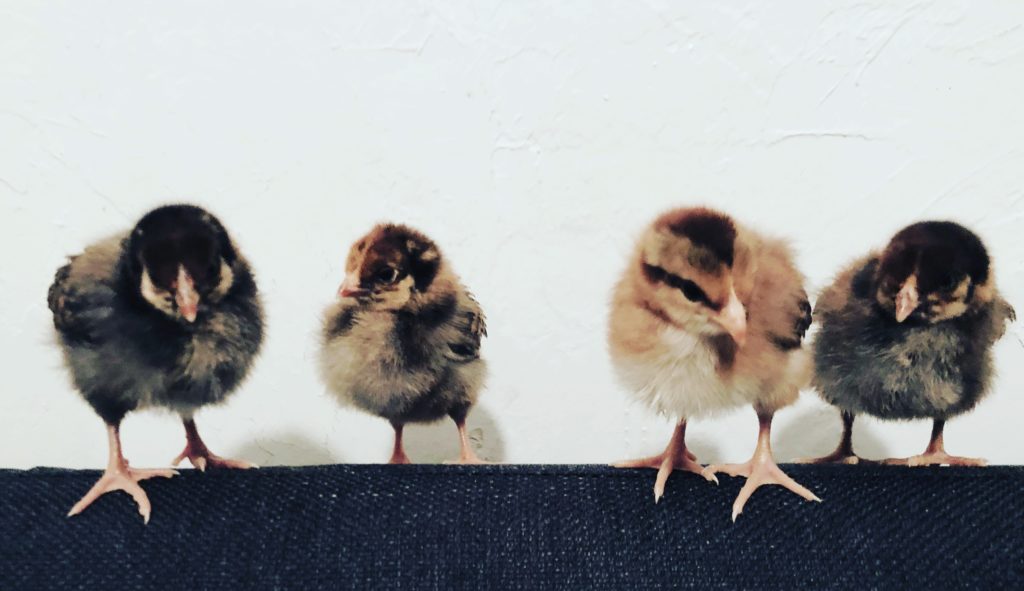

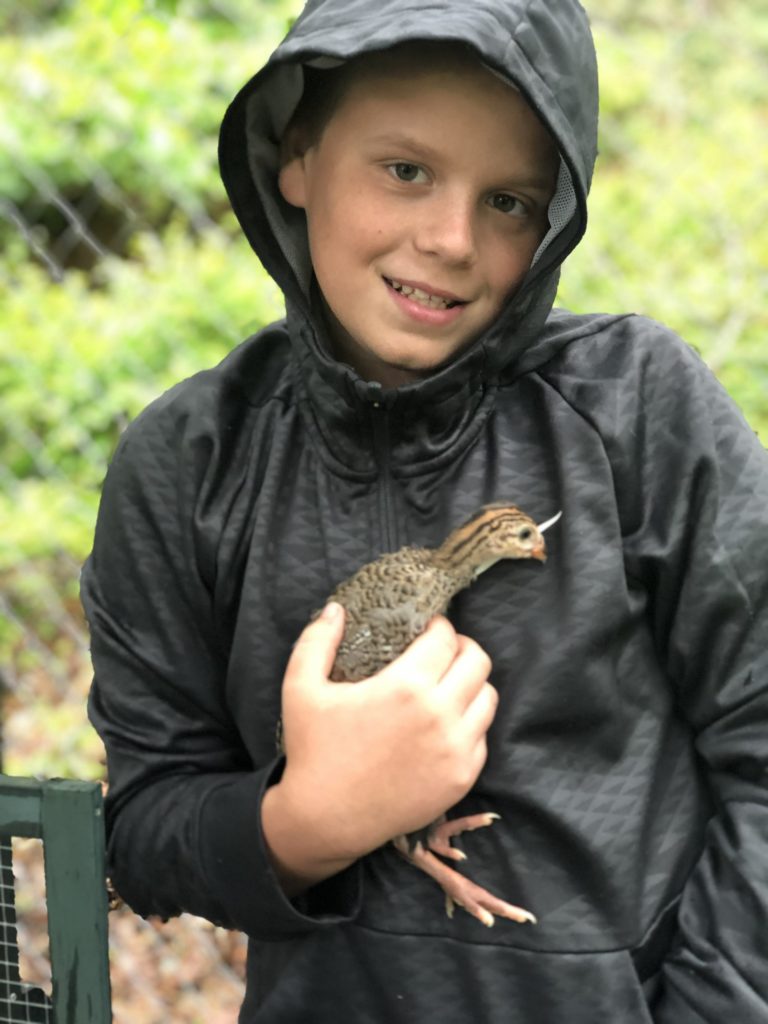

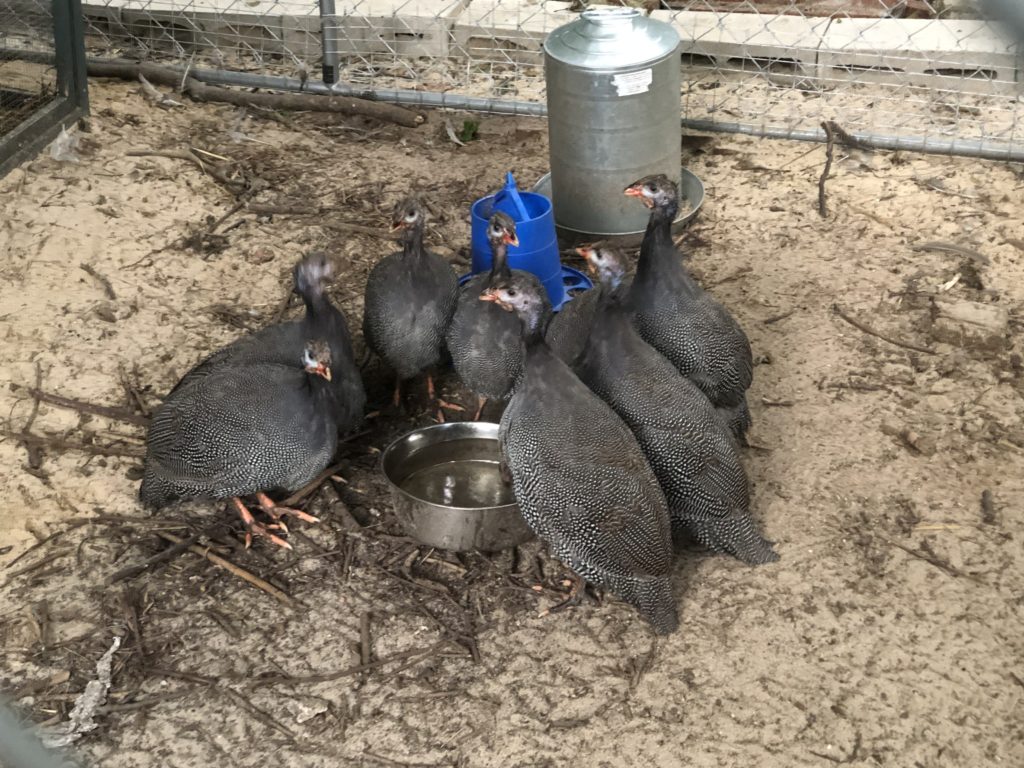
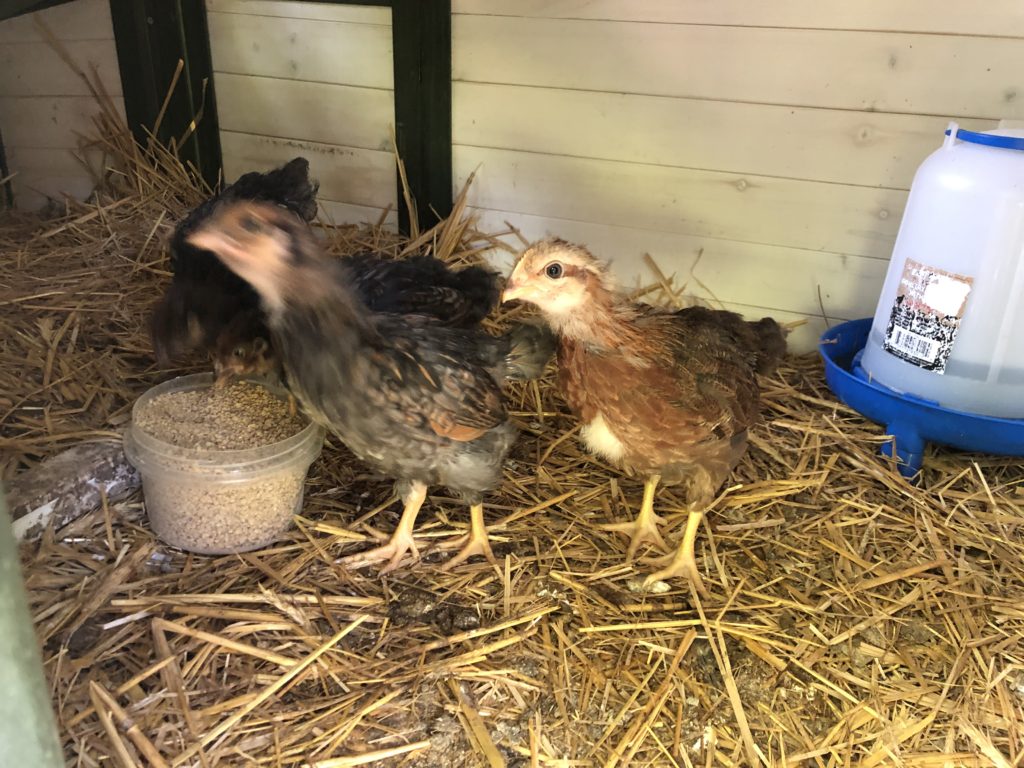
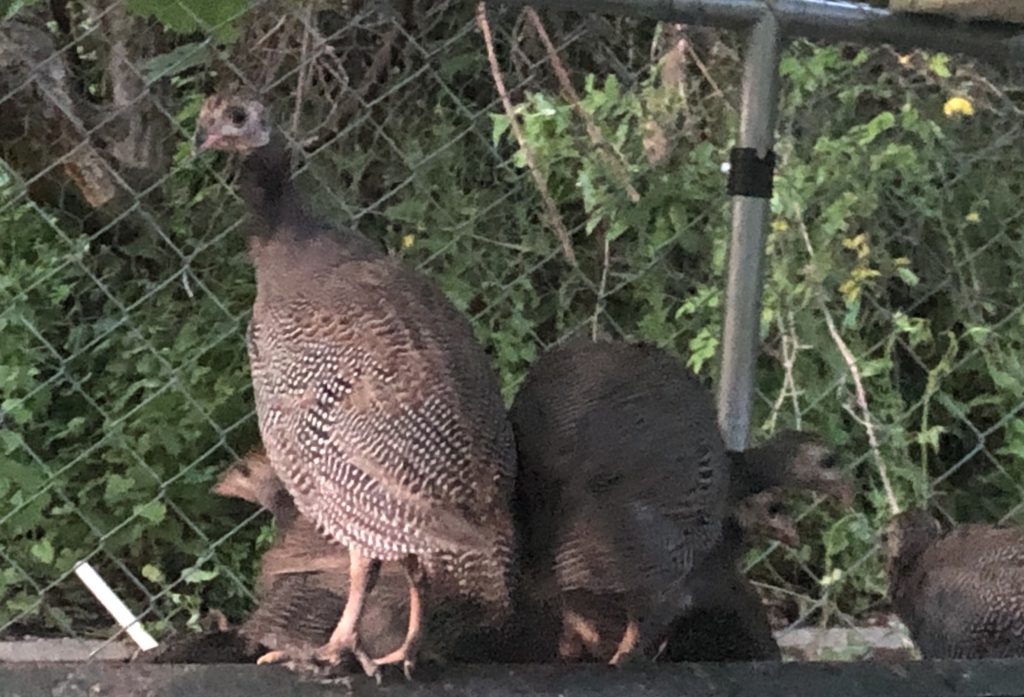
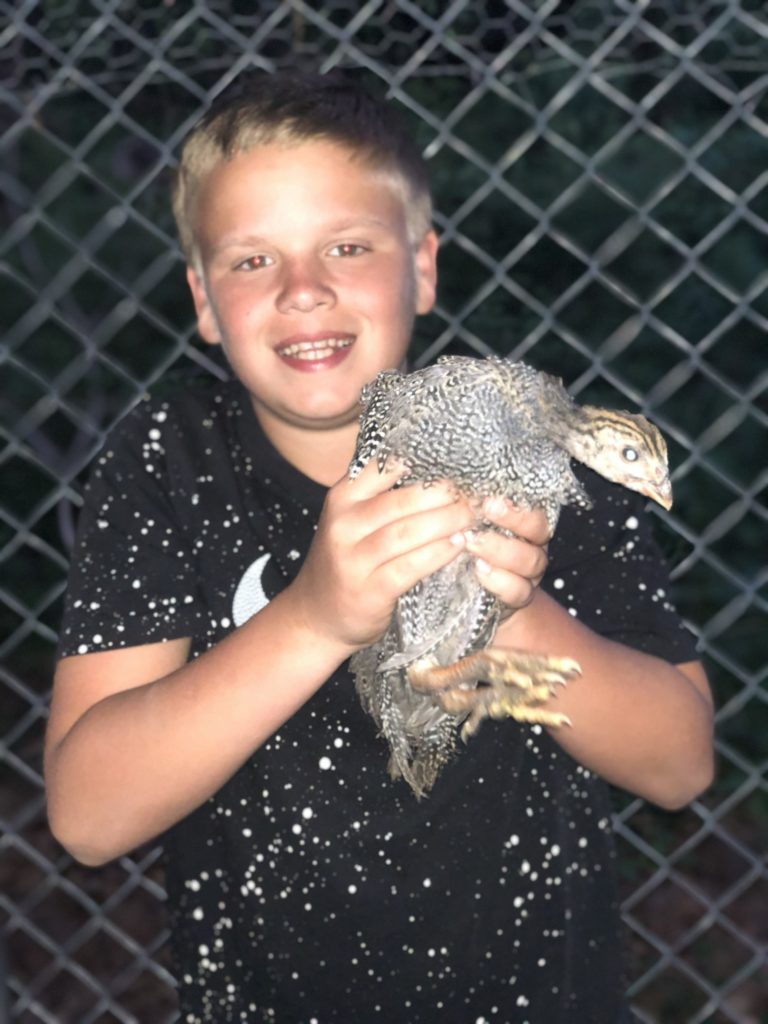





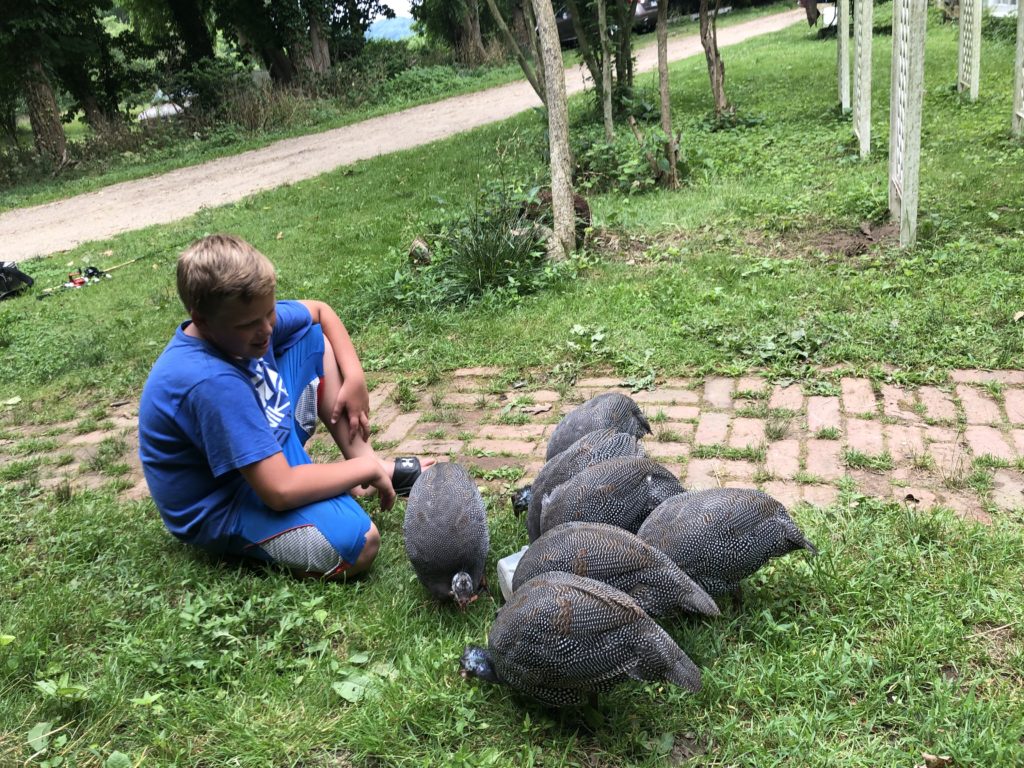
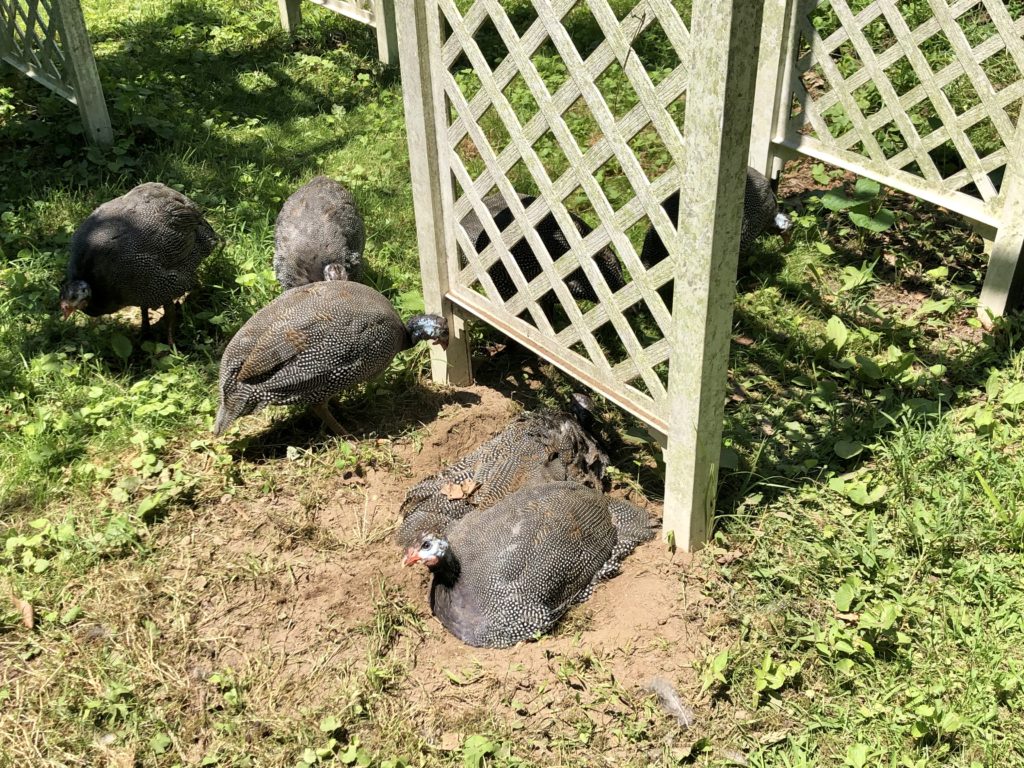






3 thoughts on “Spend Less Time Yapping and More Time Snacking: Guinea Ticks”
We have friends that have chickens and I thought they were great but now I know they should have gotten the guinea fowl. Thanks.
Hi there have you’ll have any guinea fowl for sale?
I do not sell any. Sorry!